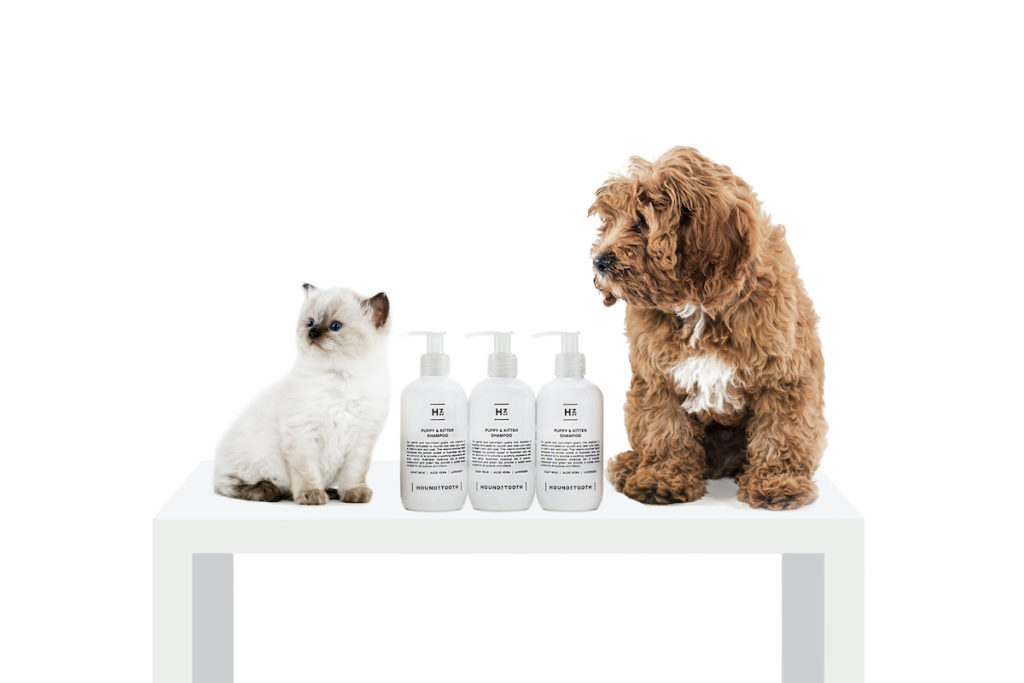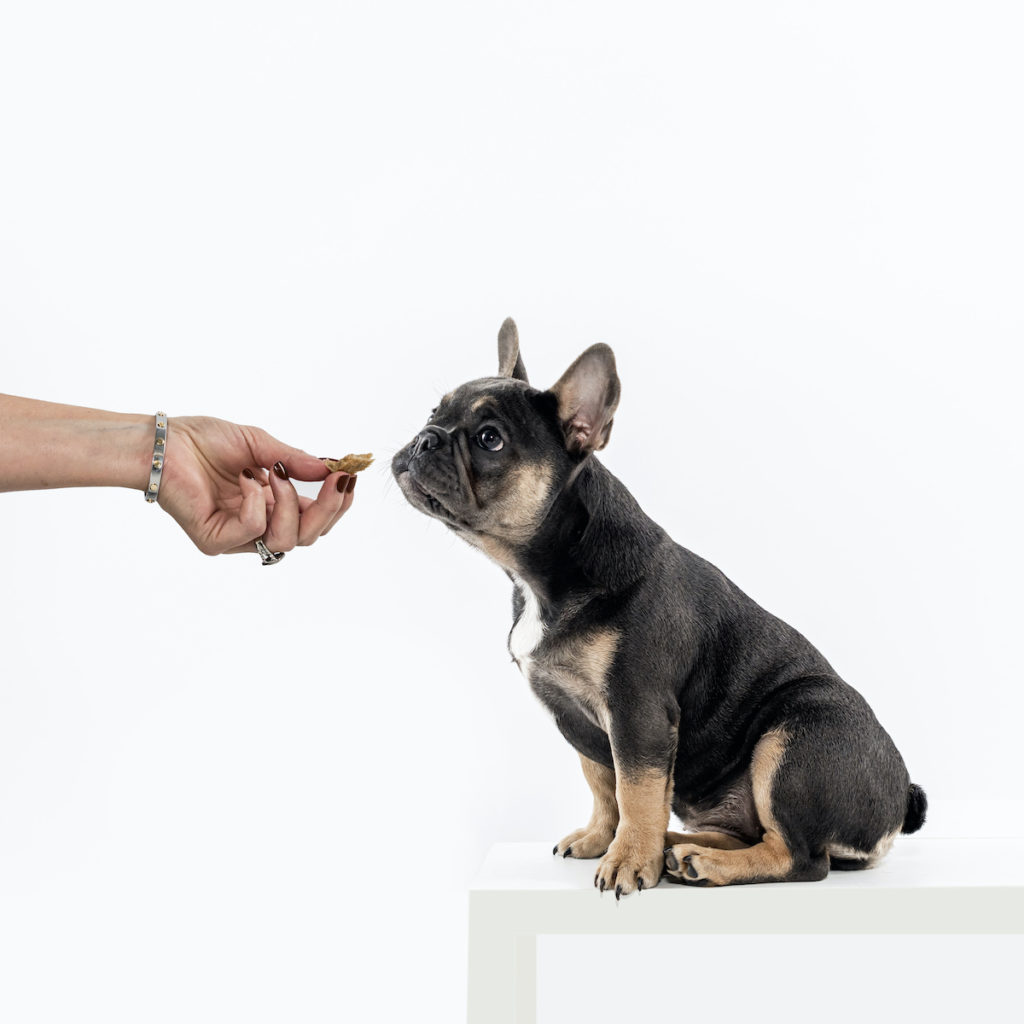Training Your Puppy To Enjoy Bath Time
Bath time tips from Dr Katrina
Congratulations to all new puppy owners!
The past few months have seen a big spike in new puppy parents, as many people have chosen to welcome a furry new member to their family with their extra time home.
Finding the right natural pet shampoo and conditioner for your puppy
When choosing the right pet shampoo and conditioner for bath time, it is important that you do your research and select a product that is made with natural and gentle ingredients.
Our Australian-made Puppy & Kitten Shampoo is specifically formulated to be gentle and low-irritant to ensure a soothing experience as you introduce your furry new family member to bath time.

A new puppy means a new grooming routine
Regular bathing will be inevitable throughout your dog’s life, no matter what their breed or coat type. However, new puppy owners often overlook the importance of teaching their new pet to enjoy bath time from an early age.
A puppy’s first bath experience tends to follow after they have rolled in something dreadful (mud, dirt, poop, carrion, etc). While you may feel an urgency to clean them, remember that if not approached carefully, this can be a stressful experience for a puppy and it can set them up for a lifetime of fearing the bath.
Creating a positive bath time experience means starting from a young age
To get your puppy used to the concept of a bath, it is important for you to start bathing them when they are young, and to do so very gradually. The goal is to make bath time a pleasant experience, not a scary one.
Step one: Introducing the bath area

The first step is to take your puppy to their bath area and reward them with lots of training treats just for being there (do not use water yet). You can also feed them some of their regular meals in the empty bath so they think of this area as a happy place where good things happen.
Once your puppy is comfortable going into the bath area, the next stage is to run the water near them without getting them wet. All the while, ensure that you are rewarding them with lots of treats and praise.
This practice will help get them used to the sight and sound of running water. Continue these sessions as often as you can over a couple of weeks, and remember to always reward calm behaviour.
Our training treats are 100% Australian real meat jerky, and they make the perfect rewards for bath time training with your pup. Ensure you break them down into smaller bite-size pieces beforehand, and bath time can begin.
Step two: Prepare the space
When you and your puppy are ready for the first bath, be sure to prepare the area in advance. Have your towels, Puppy & Kitten Shampoo and training treats at the ready, and set the water temperature to warm (not hot!).
Having a helper assist you for the first few baths will make the job a lot easier, so enlist one if you can. Ask your helper to gently restrain your puppy and keep them distracted by rewarding them with yummy treats.
Step three: Scrub-a-dub-dub
While your puppy is being distracted, try to get the bath done as quickly as possible. Dr. Katrina recommends using a handheld nozzle (if you have one) for access to a steady, gentle stream of running warm water.
Start at the back end of your pup and move forward. Once their coat is wet, use a suitable shampoo – our natural, low-irritant Puppy & Kitten Shampoo is perfect for this – to lather up and then thoroughly rinse off.
Step four: Take care of your puppy’s face
Avoid washing your puppy’s face area as having water in their face can cause distress. If your puppy has a dirty face, ears or snout, use a damp face cloth to wipe down any unclean areas.
Step five: Dry your pup’s coat thoroughly
Quickly dry your puppy’s coat off with a towel. Once dried, let them roam on a clean surface and play a game with them.
Playing a game post-bath time makes for a fun way to end the grooming session, and it also helps to keep your puppy warm. In cooler weather, it is important to keep your puppy in a warm place until they are completely dry.
Remember your puppy may want to go to the toilet for a wee directly after bath time, so play a quick game with them before taking them outside on the lead for a bathroom break.
Go all-natural with Houndztooth’s Puppy & Kitten Shampoo
Puppies have sensitive skin, and it is important to use gentle, natural and nourishing pet shampoo and conditioner – like our Puppy & Kitten Shampoo – when washing them.
Because human skin has a different pH level from animals, human shampoo is too harsh for our furry friends. With that in mind, we specifically formulated our Puppy & Kitten Shampoo to be gentle and safe for use on your puppy’s delicate skin.
Give your puppy a lifelong love for bath time
Although the process of bathing your new puppy and getting them used to bath time might sound a little time-consuming, trust us – it’s worth it in the end.
By spending time now on training your puppy to enjoy being bathed, you will save time for the rest of your dog’s life as they learn to love – and even look forward to – their time in the bath.
